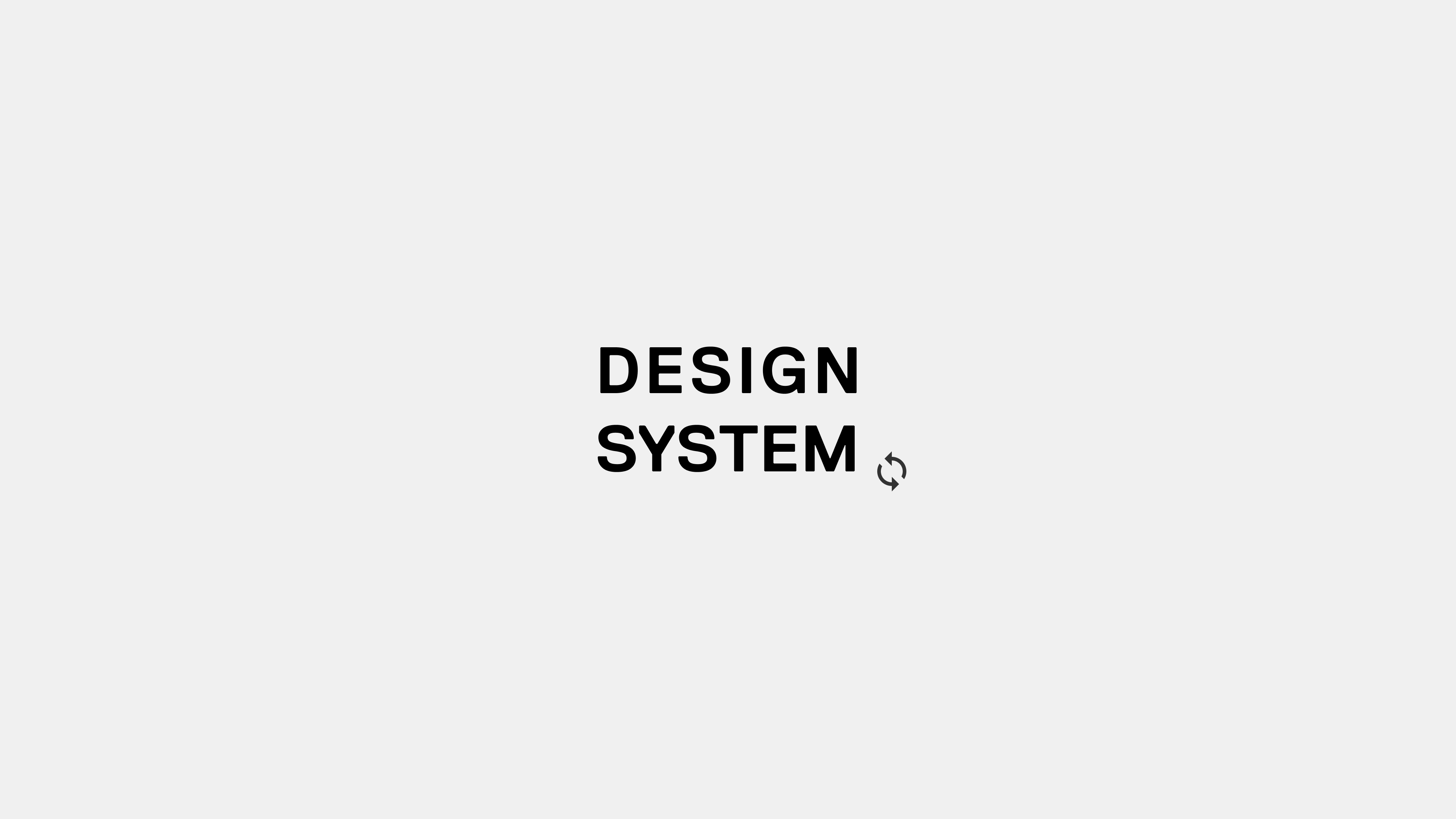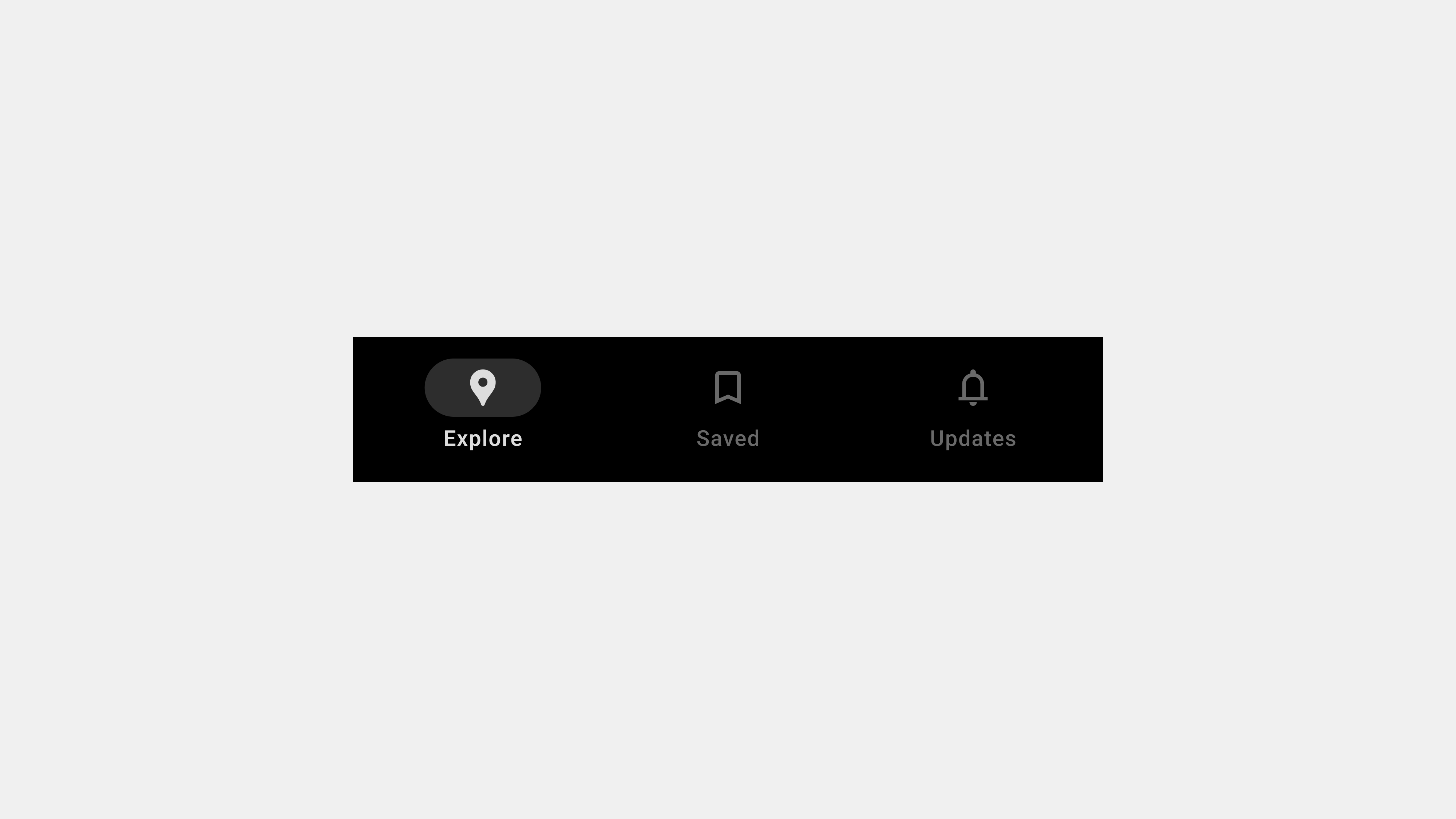접근성이란 무엇이며, 왜 중요할까요?
접근성(Accessibility)은 모든 사람이 나이, 성별, 장애, 언어, 기술 수준 등과 관계없이 제품, 서비스, 정보, 환경을 동등하게 사용하고 접근할 수 있도록 보장하는 것을 의미합니다. 특히 웹/앱 디자인 및 개발에서는 웹 접근성(Web Accessibility)이 중요한 개념으로 다뤄지며, 이는 장애를 가진 사용자뿐만 아니라 다양한 상황적 제약(예: 느린 인터넷 환경, 작은 화면, 일시적 부상)을 가진 사용자, 고령층, 외국인 등 더 넓은 범위의 사용자를 포괄합니다.
접근성은 단순한 ‘배려’나 ‘선택 사항’이 아니라, 모두를 위한 디자인의 기본 원칙이자 사회적 책임입니다. 접근성을 고려한 디자인은 다음과 같은 이점을 제공합니다.
- 더 많은 사용자 포용: 장애인, 고령층 등 더 많은 사용자가 제품을 사용할 수 있게 되어 사용자층을 확대하고, 시장 경쟁력을 높입니다.
- 향상된 사용성: 접근성이 좋은 디자인은 일반적으로 모든 사용자에게 더 편리하고 직관적인 사용 경험을 제공합니다.
- 법적 준수: 많은 국가에서 웹 접근성 준수를 법적으로 의무화하고 있습니다. (예: 한국의 ‘장애인차별금지법’, 미국의 ‘ADA’)
- 긍정적인 브랜드 이미지: 접근성을 고려하는 기업은 사회적 책임을 다하는 기업으로 인식되어 브랜드 이미지를 향상시킬 수 있습니다.
- 혁신 촉진: 접근성을 고려한 디자인은 새로운 기술과 아이디어를 발굴하고, 혁신적인 제품 개발을 촉진할 수 있습니다.
- SEO(검색 엔진 최적화) 개선: 웹 접근성이 높은 사이트는 검색엔진에서도 더 잘 인식됩니다.
웹 접근성 가이드라인: WCAG
웹 접근성 디자인의 국제 표준은 WCAG(Web Content Accessibility Guidelines)입니다. WCAG는 W3C(World Wide Web Consortium)의 WAI(Web Accessibility Initiative)에서 제정한 웹 접근성 지침으로, 웹 콘텐츠를 모든 사용자가 접근하고 이용할 수 있도록 하는 방법을 제시합니다.
WCAG는 4가지 원칙(Principles), 13가지 지침(Guidelines), 78가지 검사 항목(Success Criteria)으로 구성됩니다.
1. 인식의 용이성 (Perceivable)
- 핵심: 모든 콘텐츠는 사용자가 인식할 수 있어야 합니다.
- 지침:
- 1.1 텍스트 아닌 콘텐츠에 대체 텍스트 제공: 이미지, 동영상, 오디오 등 텍스트가 아닌 콘텐츠에는 스크린 리더(화면 낭독 프로그램)가 읽을 수 있는 대체 텍스트(alt text)를 제공해야 합니다.
- 1.2 멀티미디어 콘텐츠에 자막, 수어, 원고 등 제공: 동영상, 오디오 등 멀티미디어 콘텐츠에는 자막, 수어 통역, 대본 등을 제공하여 청각 장애인이나 난청이 있는 사용자가 내용을 이해할 수 있도록 해야 합니다.
- 1.3 콘텐츠는 다양한 방식으로 표현될 수 있어야 함: 콘텐츠의 의미나 구조를 유지하면서도 다양한 방식으로 표현될 수 있어야 합니다. (예: 색상, 모양, 위치, 크기 등 특정 감각적 특징에만 의존하지 않고, 텍스트, 구조 등으로 정보를 전달)
- 1.4 콘텐츠는 구분하기 쉬워야 함: 전경과 배경의 명도 대비를 충분히 확보하고(최소 4.5:1, 큰 텍스트는 3:1), 색상 외에 다른 시각적 단서를 제공하여 색약이나 색맹이 있는 사용자도 콘텐츠를 인식할 수 있도록 해야 합니다.
2. 운용의 용이성 (Operable)
- 핵심: 모든 기능은 사용자가 조작할 수 있어야 합니다.
- 지침:
- 2.1 키보드 접근성 보장: 마우스를 사용하기 어려운 사용자를 위해 모든 기능을 키보드로 조작할 수 있도록 해야 합니다. (초점 이동 순서, 키보드 함정 방지 등)
- 2.2 충분한 시간 제공: 시간제한이 있는 콘텐츠는 사용자에게 충분한 시간을 제공하거나, 시간제한을 조절할 수 있는 기능을 제공해야 합니다.
- 2.3 광과민성 발작 예방: 깜빡이는 콘텐츠나 번쩍이는 효과는 광과민성 발작을 일으킬 수 있으므로 사용을 자제하거나, 사용자에게 경고하고 제어할 수 있는 기능을 제공해야 합니다.
- 2.4 탐색 가능성 제공: 사용자가 원하는 콘텐츠를 쉽게 찾고 탐색할 수 있도록 명확한 구조와 탐색 기능을 제공해야 합니다. (사이트맵, 검색, 브레드크럼 등)
3. 이해의 용이성 (Understandable)
- 핵심: 콘텐츠와 기능은 사용자가 이해할 수 있어야 합니다.
- 지침:
- 3.1 가독성: 텍스트 콘텐츠는 쉽고 명확하게 작성하고, 적절한 글꼴, 크기, 간격을 사용하여 가독성을 높여야 합니다.
- 3.2 예측 가능성: 웹 페이지나 앱의 작동 방식은 일관성 있고 예측 가능해야 합니다. 사용자가 혼란 없이 기능을 사용할 수 있도록 해야 합니다.
- 3.3 입력 도움: 사용자가 입력을 잘못했을 때 오류를 쉽게 인지하고 수정할 수 있도록 돕는 기능을 제공해야 합니다. (오류 메시지, 입력 제안 등)
4. 견고성 (Robust)
- 핵심: 콘텐츠는 다양한 환경에서 안정적으로 작동해야 합니다.
- 지침:
- 4.1 호환성: 웹 콘텐츠는 다양한 웹 브라우저와 스크린 리더, 음성 인식 소프트웨어 등 보조 기술과 호환되어야 합니다. (웹 표준 준수)
접근성 고려 디자인/개발 방법
- 시맨틱 HTML 사용:
<header>,<nav>,<main>,<article>,<footer>등 의미 있는 HTML 태그를 사용하여 웹 페이지의 구조를 명확하게 정의합니다. - 대체 텍스트 (alt text) 제공: 이미지에는 스크린 리더가 읽을 수 있는 적절한 대체 텍스트를 제공합니다.
- 키보드 접근성 보장: 모든 기능을 키보드로 조작할 수 있도록 하고, 초점 이동 순서를 논리적으로 구성합니다.
- 색상 대비: 텍스트와 배경색 간의 명도 대비를 충분히 확보합니다. (WCAG 기준 준수)
- ARIA (Accessible Rich Internet Applications) 활용: HTML만으로는 표현하기 어려운 동적인 콘텐츠나 위젯의 접근성을 높이기 위해 ARIA 속성을 활용합니다.
- 폼(Form) 접근성:
<label>태그를 사용하여 폼 요소를 설명하고, 오류 메시지를 명확하게 제공합니다. - 자막, 수어, 원고 제공: 멀티미디어 콘텐츠에는 자막, 수어 통역, 대본 등을 제공합니다.
- 접근성 테스트 도구 활용: 웹 접근성 평가 도구(WAVE, K-WAH, aXe 등), 스크린 리더(NVDA, JAWS, VoiceOver) 등을 활용하여 접근성 문제점을 발견하고 개선합니다.
결론: 모두를 위한 디자인, 더 나은 세상을 위한 노력
접근성은 단순한 ‘배려’가 아니라, 모두를 위한 디자인의 기본 원칙입니다. 접근성을 고려한 디자인은 더 많은 사용자가 제품을 사용할 수 있게 하고, 사용성을 향상시키며, 법적 준수 및 긍정적인 브랜드 이미지를 구축하는 데 기여합니다. 웹 접근성 가이드라인(WCAG)을 준수하고, 다양한 접근성 고려 디자인/개발 방법을 활용하여 모두가 편리하게 사용할 수 있는 더 나은 세상을 만들어 나가야 합니다.
요약:
- 접근성은 모든 사람이 제품/서비스/정보/환경을 동등하게 사용/접근할 수 있도록 보장하는 것이며, 사용자층 확대, 사용성/법적 준수/브랜드 이미지/혁신 촉진, SEO 개선에 기여한다.
- WCAG는 인식의 용이성, 운용의 용이성, 이해의 용이성, 견고성의 4가지 원칙을 제시하며, 시맨틱 HTML, 대체 텍스트, 키보드 접근성, 색상 대비, ARIA, 폼 접근성, 자막/수어/원고 제공, 접근성 테스트 도구 활용으로 고려한다.
- 접근성은 모두를 위한 디자인의 기본 원칙이며, 더 나은 세상을 위한 노력이다.
#접근성, #Accessibility, #웹접근성, #WebAccessibility, #WCAG, #사용자경험, #UI디자인, #UX디자인, #장애인접근성, #유니버설디자인


